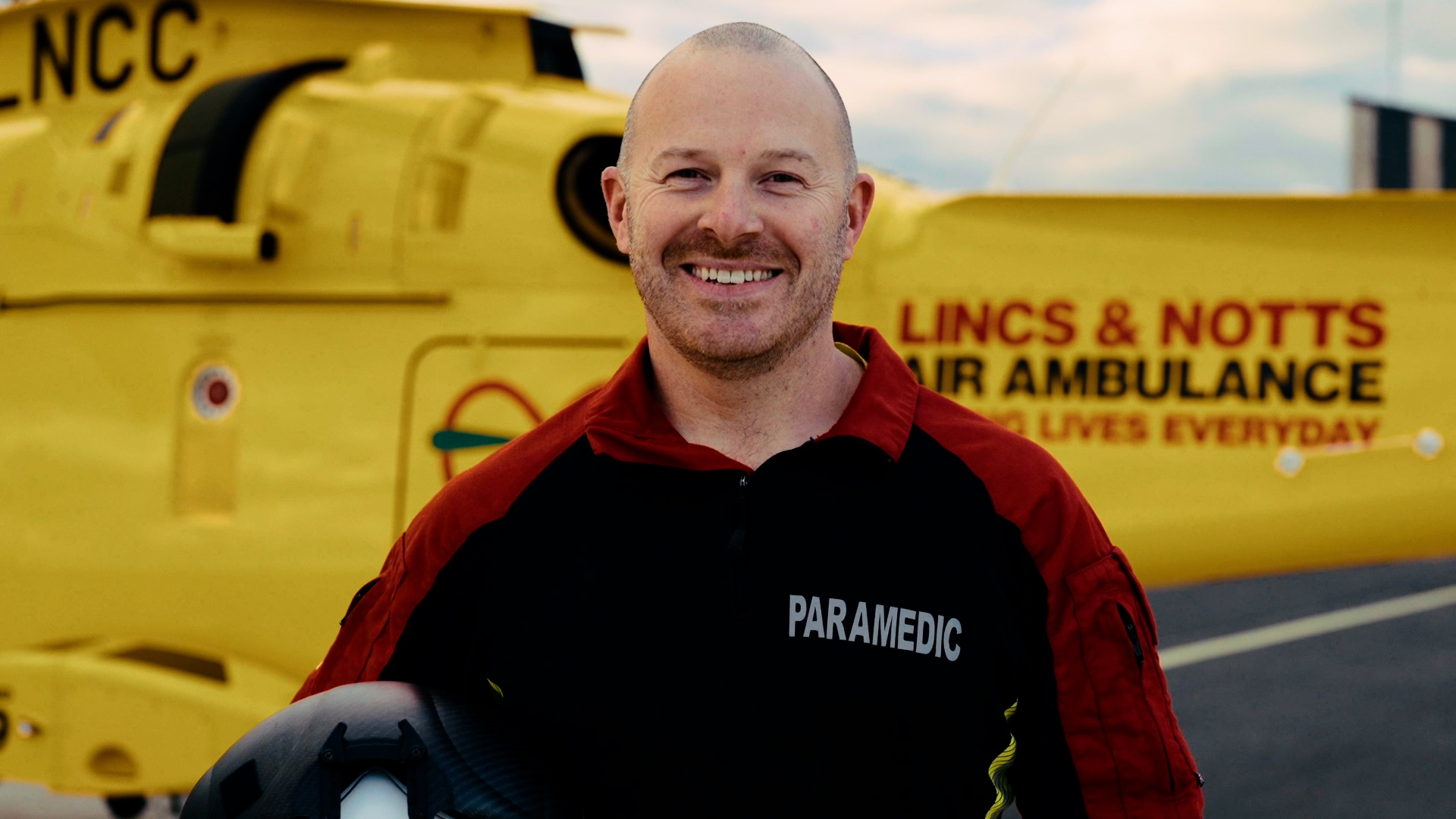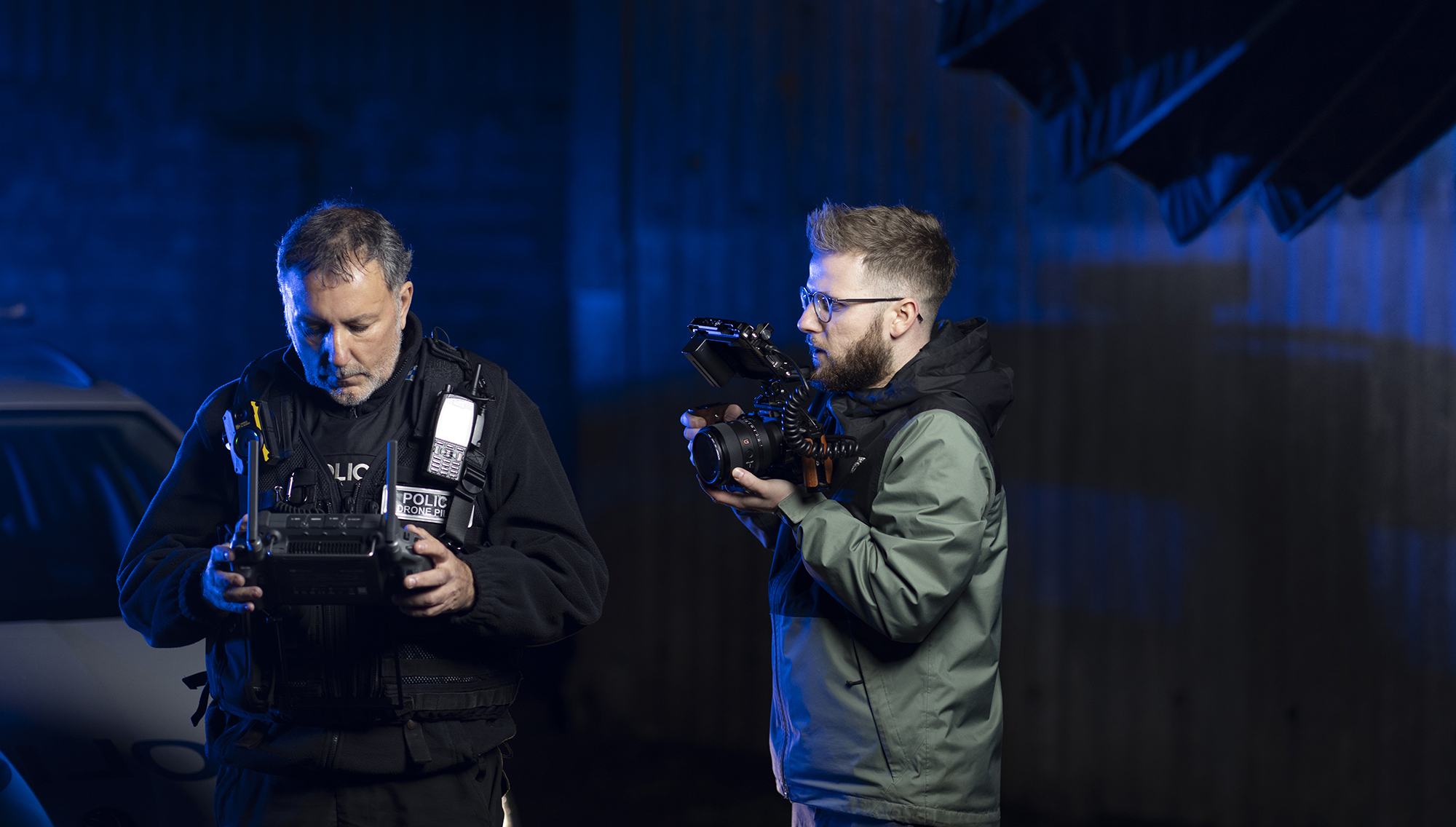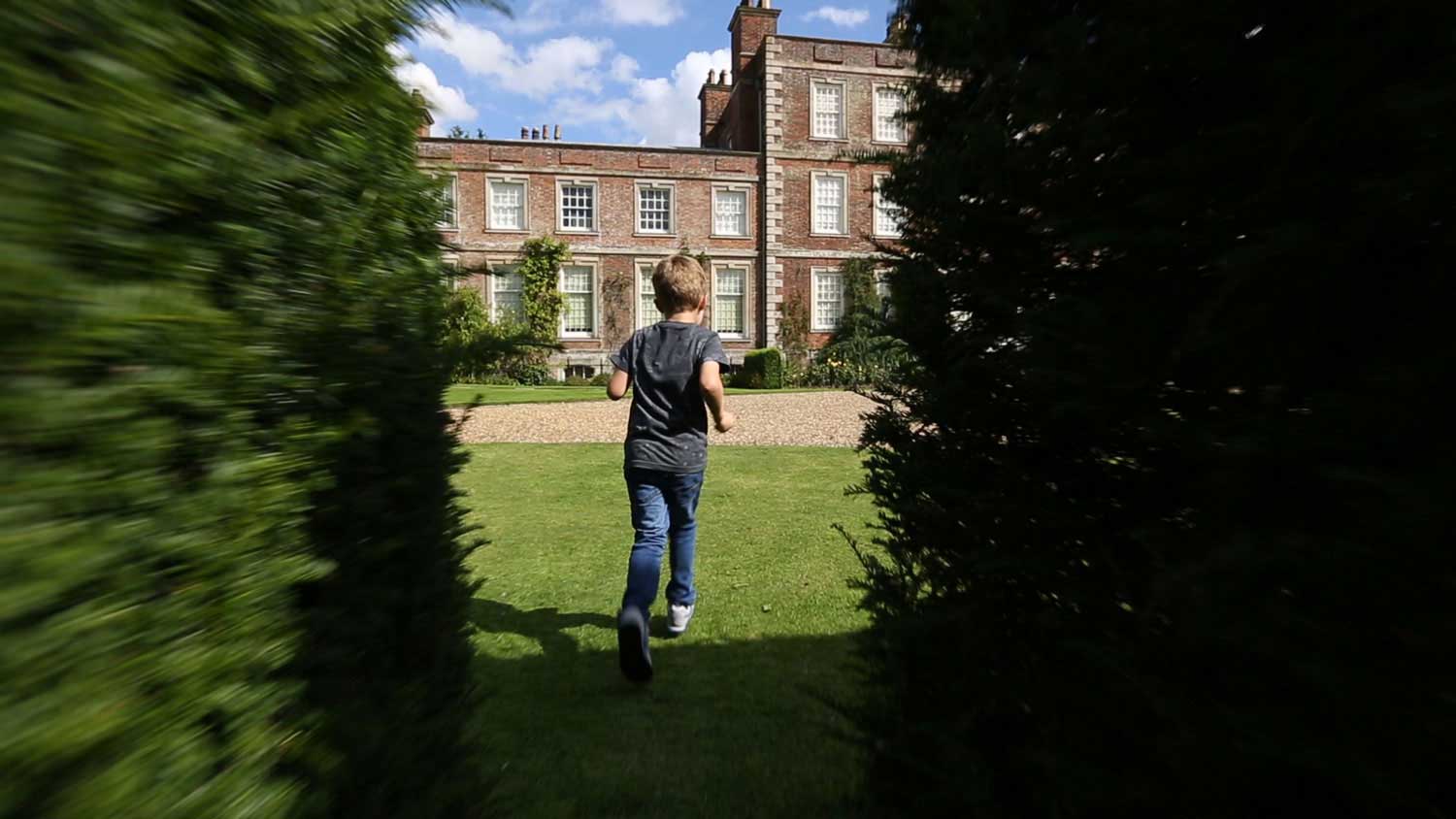With roots in stills photography, a video portrait is in one way just as the moniker describes, a moving image portrait. The use of video portraits in documentaries and promotional works is something of a contemporary fashion, however it is rooted in the history of moving image, from Andy Warhol’s 5 minute long moving portraits, to the travelogues of Claude Friese Green’s The Open Road, 1926.
Video portraits generally involve a person or group filmed looking at the lens for a few seconds. This may be within a studio or neutral environment, or in a setting that says something about the person themselves, their personality or their experience.
So why would you use this technique in contemporary filmmaking? For many reasons and in many contexts.
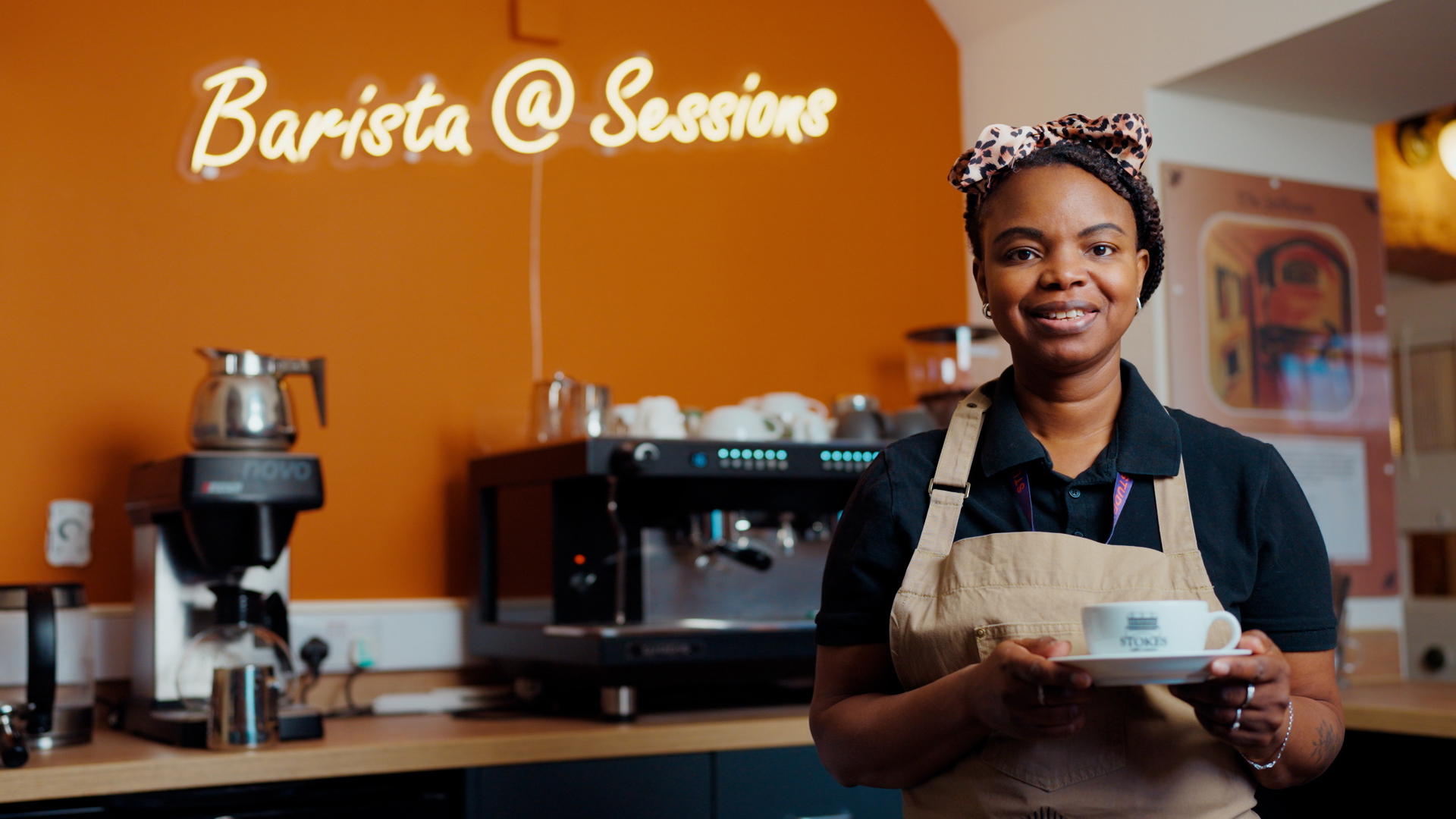
In their simplest uses, video portraits allow the audience to identify contributors within the film. They can also be used as a shorthand introduction to a contributor or the subject of a film, because dependent on where they are situated, and what they are engaged in, the portrait can communicate lots about the person or the subject of the film (see our Journal Entry on “The Video Interview – Which Set up Speaks theLoudest” to understand how interview backgrounds can inform the film narrative and understanding).
There are many films that have been produced in recent years that solely use video portraits. The form is popular as for appeal films. Think of the faces within charity appeal films that help you to connect on a human level with the people who need help. Similarly they are useful to help you identify with the subject of the film and its participants, by creating a portrait of the people, whom, for example have been effected by an issue or take part in an activity. Video portraits can also be utilised as a tool to add humour and humanity to a piece, video portraits can be informal and add some levity, or as an anthropological tool, to show what the people of a place or a community look like.
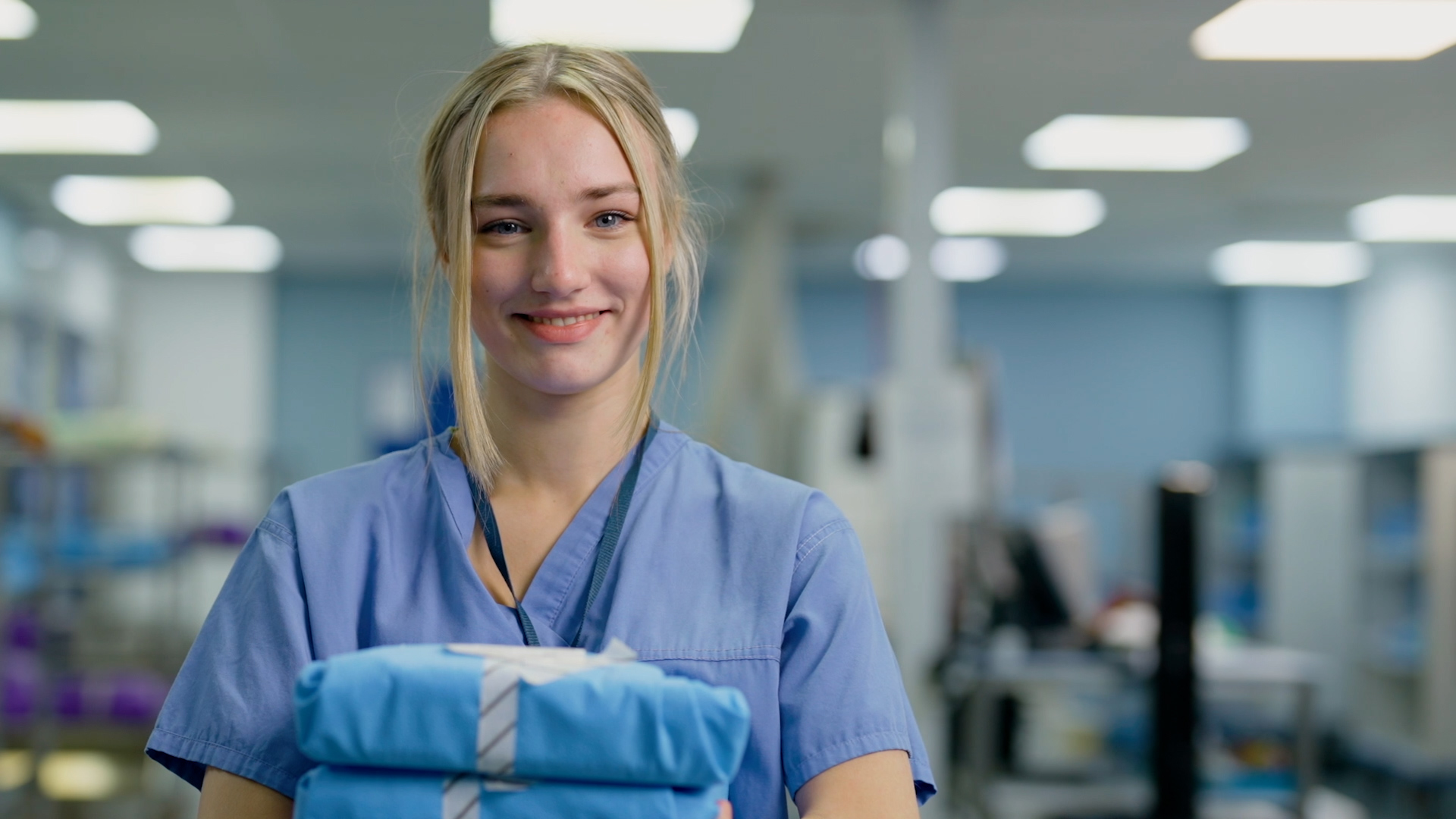
In the past we have used video portraits in a variety of types of films from historical documentaries to arts films, to promotional films and documentaries about projects and activities. They can add personality, intimacy, a human connection, or even, to create intrigue and capture your attention and pique your interest.
Take a look at the examples in this journal post of video portraits from our past productions to get an idea of how we have used this contemporary, yet historical filmmaking idea.
